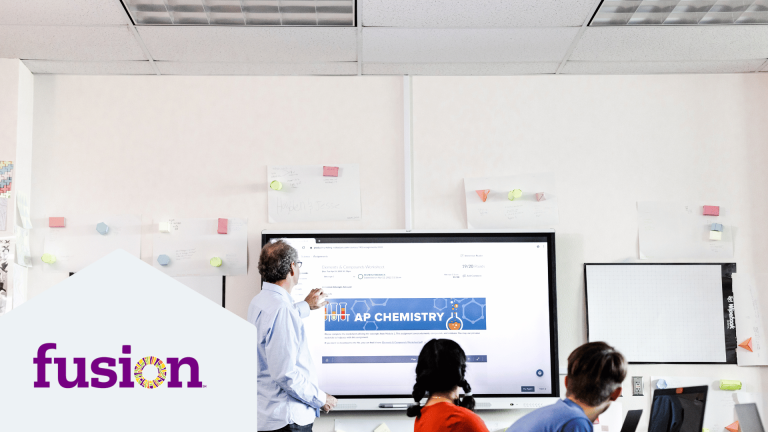
Return on Investment is a primary concern for today’s higher ed students. Understanding the growing changes in the modern workforce, students are looking for studies that offer knowledge as well as tangible results.
To better meet the needs of learners, higher ed institutions are transforming their course strategy – shifting to skills-based learning approaches. This focus on skill-building allows students to gain more hands-on experience throughout their learning journey, preparing them for the workforce ahead. In this article, we’ll take a deeper look at skills-based learning, best practices, and its benefits.
What is Skills-Based Learning?
Skill-based learning is the acquisition of knowledge through practice and application. Through this approach, students are actively gaining hands-on experience as they journey towards mastery in their desired fields. Historically, skills-based learning was prioritized in trade and vocational schools for students who wanted to get out into the workforce without investing in traditional learning paths. With the increasing cost of education, nontraditional learning paths are now more favorable, allowing students to develop a targeted skill set and enter the workforce.
To ensure students are getting the most out of their investment, traditional institutions are now prioritizing skills-based learning. Therefore, students acquire not only academic credentials but also the skills needed to be successful in their anticipated careers.
Skills-Based Learning vs. Knowledge-Based Learning
For years, knowledge-based learning has been the standard approach used in traditional academic spaces, emphasizing learning through the transmission of information, often through readings and lectures. Compared to skills-based learning, knowledge-based learning focuses on comprehension. Knowledge-based learning is still an essential component of learning and will remain as such.
The modern approach balances the two, highlighting the importance of skills-based learning in traditional learning spaces. Although comprehension of learning material is vital to academic success, the ability to apply those teachings is significant to today’s workspace.
Benefits of Skills-Based Learning
Skills-based learning is the solution for a skills-based world. Students are more incentivized to join learning institutions that will prepare them for the evolving world of work. However, skills-based learning is not just about outcomes. Throughout the learning process, students can actively engage in the academic process – completing milestones on their journey to mastery. Let’s take a look at some of the other core benefits of skills-based learning.
Encourages Active Learning: Having a focus on skill building facilitates immersion and active learning experiences. Students are encouraged to practice their skills and gain hands-on experience. This sets students up for mastery.
Fosters Career Readiness: Aligning skills with student learning pathways and promising careers sets them up for success. When students are ready for the job hunting process, they can approach their search with confidence, knowing they have attained the skills needed.
Facilitates the Road to Mastery: Skills-based learning puts students on a path to mastery. These pathways are guided by achievable milestones. Learn more about tracking and validating learning outcomes with Canvas Credentials.
Implementing Skills-Based Learning
Institutions can better revamp courses and programs to prioritize skills-based learning and align with their student's needs. Here are a few strategies to make the shift.
Identify Key Competencies: Consider what skills are essential within a student’s learning pathway to achieve the necessary skill sets. Consult with experts within the industries students anticipate entering to identify core competencies that will set them up for success.
Make Real-World Applications: Explore opportunities to foster an immersive learning environment. Providing students with real-world applications supports comprehension as they gain an understanding of academic concepts.
Assess Progress Regularly: Use assessments to track students' learning journey. This measures what competencies students have acquired and areas where they need additional support.
Use Digital Tools For Skill-Building
Setting up higher ed learners for success is a tremendous responsibility. Help students reach learning milestones through micro-credentials and prepare to transfer their skills to the workforce.
Related Content
 columbus_city_schools_1.png
columbus_city_schools_1.pngBlog Articles
![We can see their usage, but we want to know [which education tools] teachers feel are helpful in their environment.](/sites/default/files/styles/medium/public/image/2023-06/User%20Group%20Recap.png?itok=_3svfNBb) User Group Recap.png
User Group Recap.pngBlog Articles
 facommons.png
facommons.pngBlog Articles
